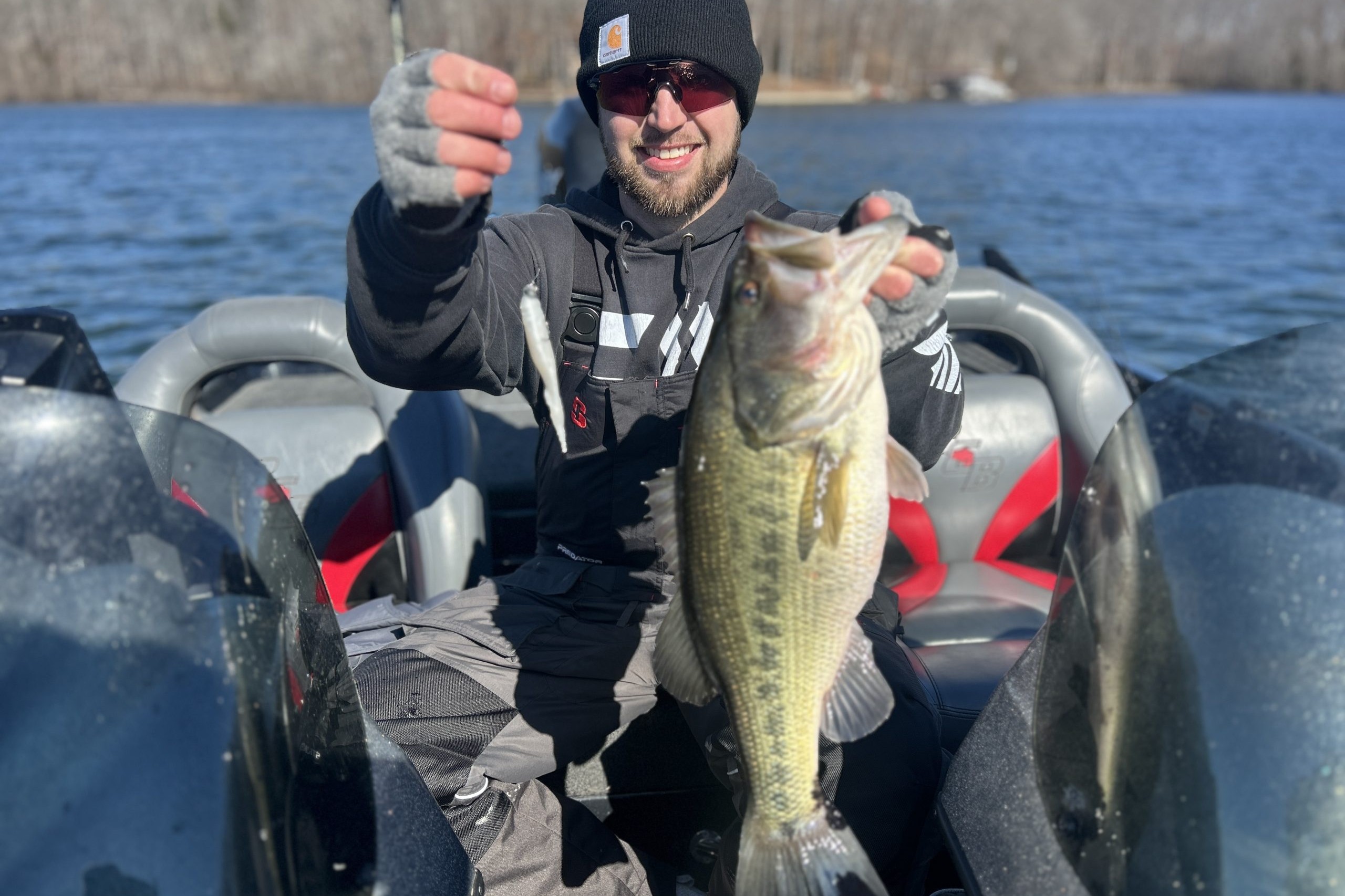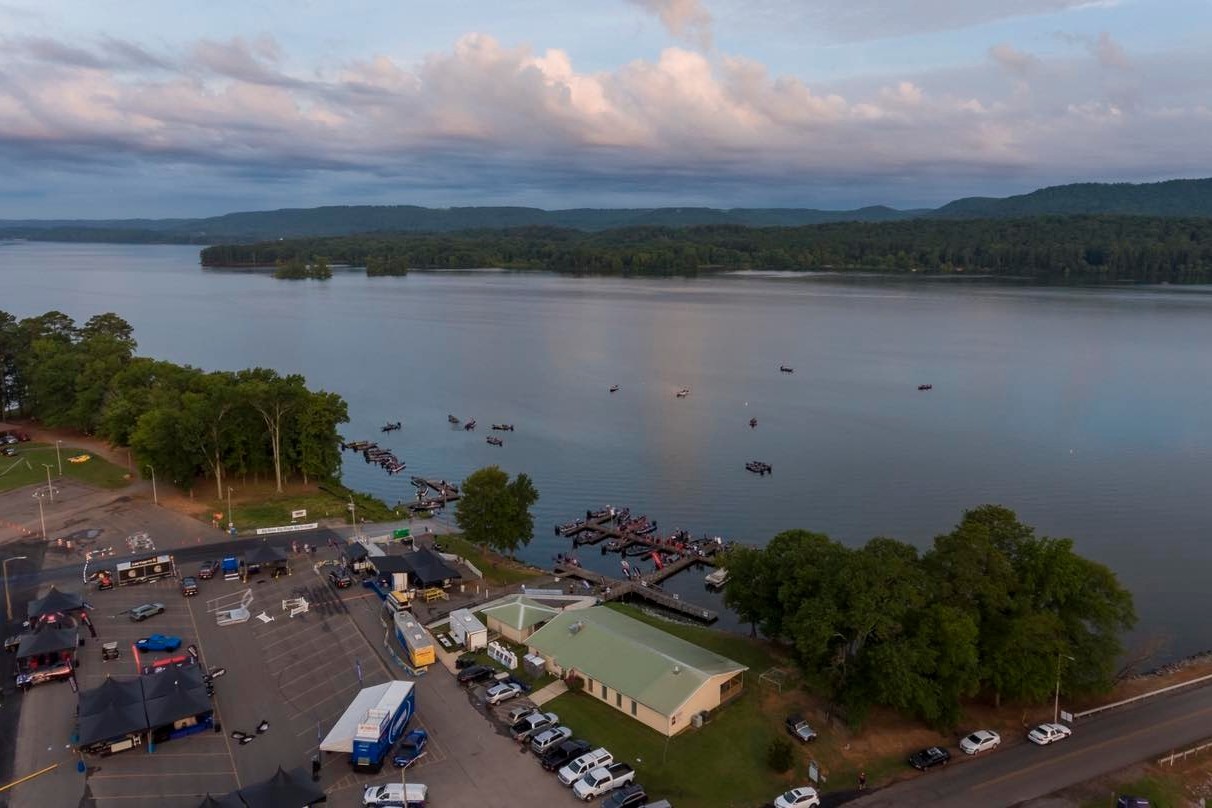How to Master Layering: A Step-by-Step Guide to Staying Warm on the Water
When it comes to staying warm, layering is a key strategy. Here are some tips on how to layer effectively when spending your days on the water in the cooler months:
- Base Layer: Start with a thin, moisture-wicking base layer that sits directly against your skin. This layer helps to keep you dry by wicking sweat away from your body. Opt for the Crew Neck Long Sleeve and Leggings(men’s and women’s) which provides advanced wicking capabilities help to tackle perspiration, so you can remain dry and comfortable during any activity.
- Insulating Layer – Mid Layer: The next layer is your insulating layer, which adds warmth by trapping air close to your body. Fleece and thermal fabrics like the Dart Hoodie,Langland Hoodie and Cromarty Fleece, down jackets like the Portland or Shannon jacket, or insulated jackets like the Hooded Insulated Jacket are great options for this layer. Elect for a thickness appropriate for the weather conditions you will be facing.
- Outer Layer: The outer layer, also known as the shell layer, provides protection from wind, rain, and snow. Look for a waterproof and windproof jacket that is breathable to prevent overheating. Consider features like adjustable cuffs and a hood for added protection. Chose pieces like the Winter Angler suit, Meridian Suit, and Apex Pro Xsuit.
- Accessories: Don’t forget to protect your extremities. Check out our full line of waterproof gloves, hat or beanie, and warm socks. Consider adding a neck gaiter for extra warmth like the Polarclava or OS Thermal Neck Gaiter.
- Adjust and Remove Layers: Layering allows you to adjust your clothing as your activity level and the weather conditions change. If you start to feel too warm, remove a layer or partially unzip your jacket to regulate your body temperature.
Remember, it’s important to find the right balance and not overdress, as sweating too much can lead to discomfort and damp clothing that may make you feel colder. Experiment with different combinations of layers to find what works best for you in various weather conditions

















